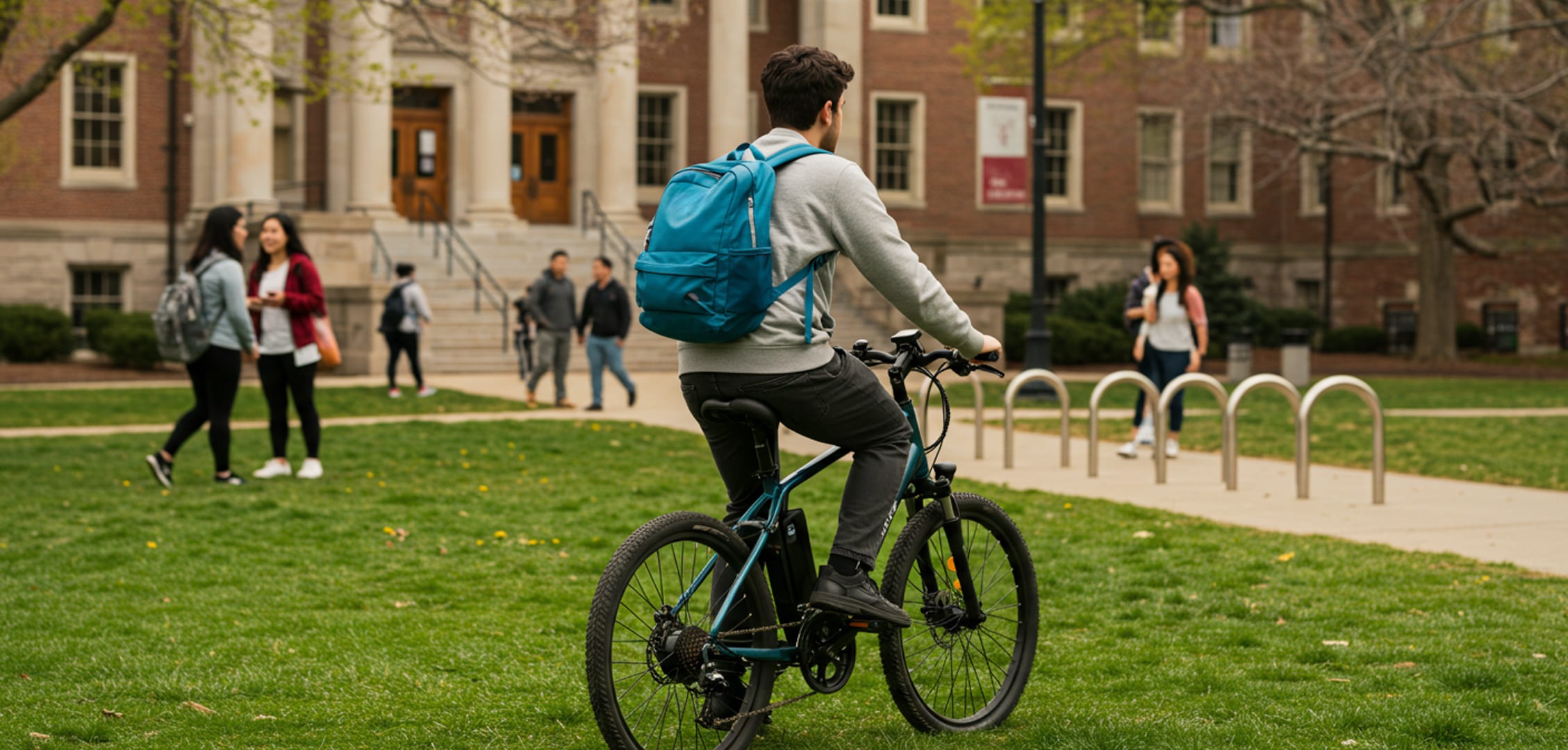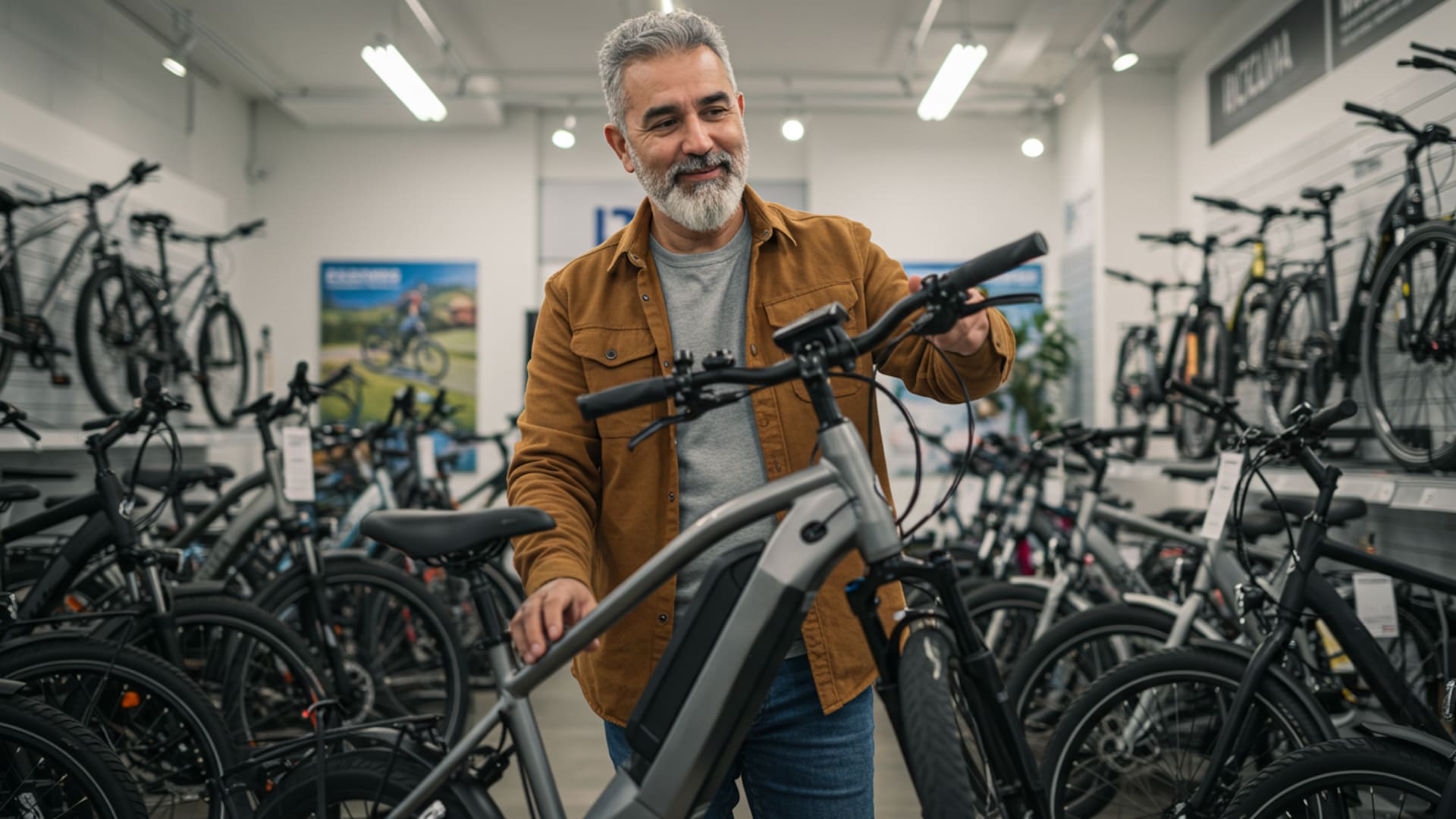College campuses across the country are evolving to meet the needs of a new generation of students—and e-bikes are playing a growing role in that transformation. With their convenience, affordability, and eco-friendly appeal, electric bikes are quickly becoming the go-to transportation option for students juggling tight schedules, long distances, and limited parking.
One of the most immediate benefits for students is the freedom and flexibility that e-bikes offer. Getting from dorms to distant classrooms or from campus to off-campus jobs and grocery runs becomes easier, faster, and less physically exhausting—especially on large or hilly campuses. For students with packed schedules, an e-bike can shave off crucial minutes between classes, allowing more time for studying, socializing, or rest. In colder climates or rainy seasons, pedal-assist features also make riding more manageable and accessible than traditional cycling.
Universities are starting to catch on. Institutions like those in the University of California system have launched e-bike rebate and incentive programs to encourage adoption, helping students afford quality bikes through subsidies and financial aid integration. Beyond subsidies, campuses are upgrading their infrastructure—installing more e-bike charging ports, repair stations, and designated bike lanes to reduce conflicts between pedestrians, cyclists, and drivers.
Shared mobility providers are also entering the space. Spin, a leading micromobility company, has introduced campus-specific services tailored to student needs. Their programs include discounted rides, geofenced safe zones, and compliance with university rules. By focusing on education and accessibility, Spin helps promote responsible riding and ensures students can move safely and affordably around campus without needing to own a bike.
The issue of security remains a major concern, especially with the higher value of e-bikes compared to standard bicycles. Thefts can be devastating for students on a budget. Companies like Boaz Bikes have responded by building rugged, smart e-bikes that feature built-in GPS tracking, remote disabling, and tamper-proof hardware. Designed for shared environments, their systems also give universities access to data on how bikes are used, helping to improve fleet safety and parking layout over time.
Affordability still plays a key role in adoption. While premium e-bikes can be expensive, brands like Lectric eBikes offer dependable, entry-level options that perform well without breaking the bank. Their foldable models are especially attractive to students living in dorms or small apartments with limited storage. At prices starting below $1,000, these bikes make electric transportation accessible to a wider range of students.
As campuses increasingly prioritize sustainability, wellness, and smarter transportation networks, e-bikes offer a solution that checks every box. They reduce congestion, lower emissions, and promote healthier habits—all while giving students more autonomy and control over their time. Whether owned or shared, e-bikes are fast becoming an essential part of modern campus life.








Leave a Reply